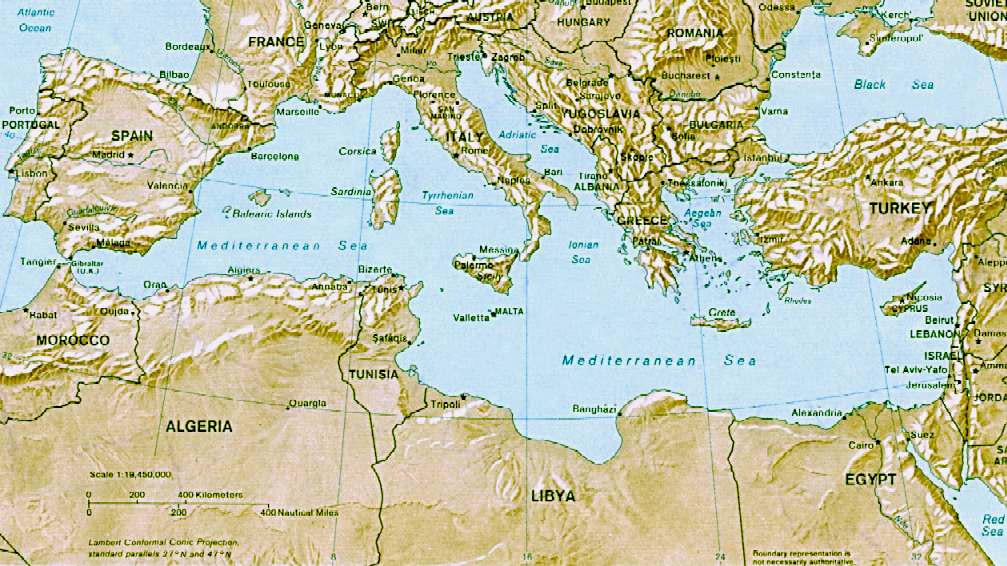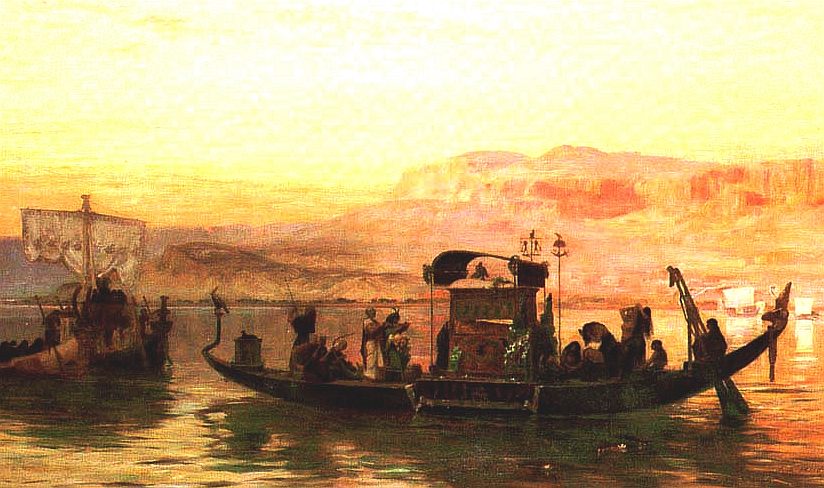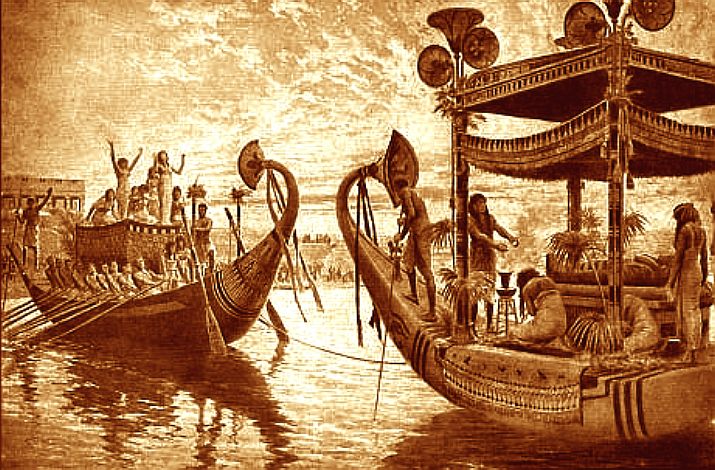
El Dekheila is situated 7 km west of Alexandria and serve as an extension to that
port, located in
Egypt at 31.1502N,
29.8059E. Dekheila port is a natural
extension to the port of Alexandria due to the increasing of the containers movement
at Alexandria, and the increasing growth of industrial development and free zones in Alexandria's west delta.
Dekheila is the probable location of the ancient Christian monastic complex of the Pempton at the fifth milestone west of Alexandria. There is evidence of a Gaianite community there.
On 2 July 1798, Bonaparte and his armies landed by night on the shores of the small fishing village of Dekheila near
Mex, approximately 30km northwest of Alexandria. E M Forster recounts that the inhabitants of the town awoke to the vision of the normally empty sea, covered with an immense fleet of 300 vessels anchored opposite the Isle of the
Marabout.
R.N. Air Station,
Dekheila,
Egypt.
In September 1940, an airfield was commissioned as 'Grebe,' 3 miles South West of the outskirts of Alexandria. The Royal Navy
facility was required for fleet duties and disembarked troops. It was situated at El Dekheila on a narrow strip of land between lake Maryut and the sea. The airfield was closed in January 1946 after World War Two. There was access by road and rail to
Alexandria, the earlier city built by Alexander
the Great, was washed into the Mediterranean
Sea in 365 AD, following an earthquake and subsequent
tsunami.

The
Mediterranean Sea is awash with sunken treasures. When Alexander
the Great died in Babylon in 323 BC, his companion, Ptolemy I, laid claim to Egypt as his domain. He founded a dynasty that was to rule for three hundred years from Alexandria. Ptolemy II made Alexandria
the center of culture and founded the Alexandria Library and
Museo, the first research center and “think tank.” The Pharos Lighthouse was built, and it was one of the Seven Wonders of the Ancient World. Its beam of light could be seen for thirty miles.





